Kaiju Big Battel: Rand Borden Talks Monsters, Aliens, and Pro Wrestling

The battle between good and evil is a cornerstone of genre entertainment. In horror, heroes facing off against monsters and maniacs with devious intentions has been the foundation of the genre’s storytelling since its inception. The age old rivalry between these forces has been the backbone of some of our favorite horror movies – not to mention bedfellow genres, such as action, fantasy and sci-fi – but it’s also the foundation of professional wrestling.
Much like horror, wrestling is rooted in conflict violence, as heroes (faces) go toe-to-toe with villains (heels) for whatever reason. It’s a ‘sport’ that sees the good guys having to overcome the odds against evil adversaries (which have ranged from corrupt corporate figures to psychotic undead monsters and everything in-between). The characteristics are much the same; it’s only the mediums in which they are manifested that are different.
One of the most popular characters in the history of pro wrestling is The Undertaker. He entered the WWE in 1990 as an undead mortician with a penchant for cowboy hats. Throughout his 26-year tenure, he’s been a Satanic minister who performed ritual crucifixions and burned teddy bears, as well a supernatural entity controlled by a magical urn, with the power to appear in smoke and even possess ring announcers.
‘Taker might be the most famous horror-themed performer, but he’s far from the only. Back in the 1980’s, Freddy and Jason briefly appeared in Memphis Wrestling as a tag team as they were at the height of their pop culture phenomena. During the early 2000’s it was revealed that Kane was a murderer who violated corpses, right before he went on to become a minor horror icon in the See No Evil slasher films. Nowadays he’s a corporate shill with an uncontrollable demonic alter ego. There’s also a clan of bearded psychotic hillbillies known as The Wyatt Family, whose leader, Bray, is modeled after Max Cady from Cape Fear. He’s responsible for a lot of hocus pocus.
Wrestling has seen vampires, superheroes, voodoo priests, zombies and RoboCop step into the squared circle – and that’s just the mainstream stuff. Mexican lucha libre has employed a more mystical element since the beginning (some of its most popular stars have even appeared in B-grade monster movies dating all the way back to the ’60s). However, no matter how wacky or downright sinister some of the characters may be; no matter how horror-centric some of the storylines can be, it’s a business that tries to present itself as authentic for the most part. We all know the matches are predetermined, but part of the beauty of being a wrestling fan is buying into the theatrics much like we would a film. We all know horror films are fictitious, but that doesn’t stop us from believing it’s all real for 90 minutes as we poop our pants at the thrills and chills. Wrestling isn’t any different in that regard. But some aren’t afraid to admit it’s all fun and games either.
If you take the time to explore, you’ll find companies that shamelessly and refreshingly embrace performance art. Chikara closed its doors for a year so they could sell a storyline about time travel (not to mention wrestlers have hypnotism powers and can slow down time). Lucha Underground has soared in popularity with angles and characters arcs that embrace both the traditional and the otherworldly. Hood Slam has stoners, classic video game characters and an invisible man on their roster. Purists might hate it, but there is an esoteric side to wrestling that meshes incredible athleticism with the offbeat and strange, and it’s great. However, no matter how leftfield some companies may be, Kaiju Big Battel is something else entirely.
While most other wrestling promotions will try to convince you they’re legit, KBB has no qualms about presenting the product as a live-action comic book. Here, wrestlers dress up as an assortment of kaiju and fight to the death, and once a beast has been dispelled, it’s rare that they’ll ever return. The storylines are inspired by Japanese monster movies, comic books and science fiction. They’ve created their own unique universe, one that’s inhabited by outlandish beasts and alien scenarios. It’s pretty damn awesome, and you owe it to yourself to check it out.
We caught up with one of the masterminds behind the product, Rand Borden, to discuss wrestling, monster movies and the wonderful world that is Kaiju Big Battel. Enjoy.
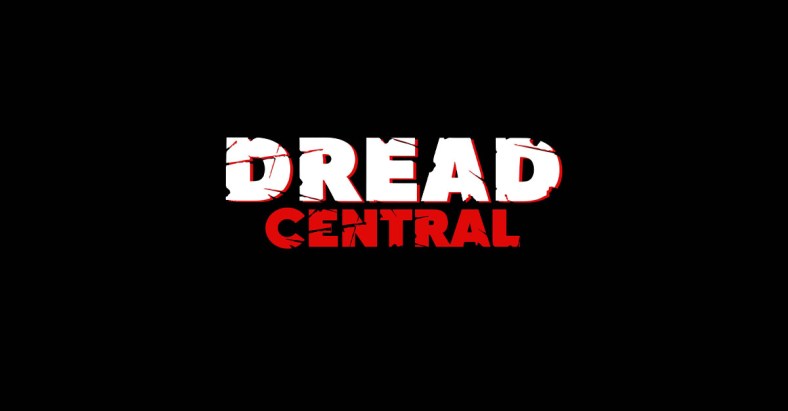
Dread Central: How did the idea for Kaiju Big Battel originally come about?
Rand Borden: While still a student at The School of the Museum of Fine Arts, aka SMFA, in Boston, I met some other students that watched Ultraman while growing up. We decided to each make a suit and shoot a short film. I began to build my own kaiju suit . It took about a year to complete as I was working in the dark. There was not much of an internet back then, so info on kaiju costume-making was hard to come by. No one else made anything, but creating the kaiju was immensely enjoyable so I decided to make some more. I soon had three kaiju suits, and Halloween was just around the corner. The Revolving Museum, a local gallery, was planning its annual Halloween fundraiser, and my friend had connections there. Somehow we ended up on stage, beating each other up amongst a hastily constructed city made out of cardboard. The crowd loved it.
Four months later we were asked to repeat it at SMFA. There was a Printmaking symposium going on, and for the opening night the print faculty wanted us to entertain. We had one problem: There was no stage. We gathered up some wood and started building one, and as it went up, it transformed into a wrestling ring-like structure. The ropes were weak and there was little padding, if any, but it looked the part and even better, it gave the kaiju a reason to fight.
Also in the weeks building up to the event I cranked out several costumes with stuff I had lying around. A pair of scrubs, a child’s Wolverine mask, Bananas in Pyjamas heads I’d made for Halloween, a California Raisin costume and a bootleg Power Rangers mask quickly became Dr. Cube, American Beetle, The Plantain Twins, Silver Potato and Powa Ranjuru. To pay for materials, we printed up some T-shirts and made trading cards on the School’s offset press, which we sold at the show.
From there, the show grew and evolved.
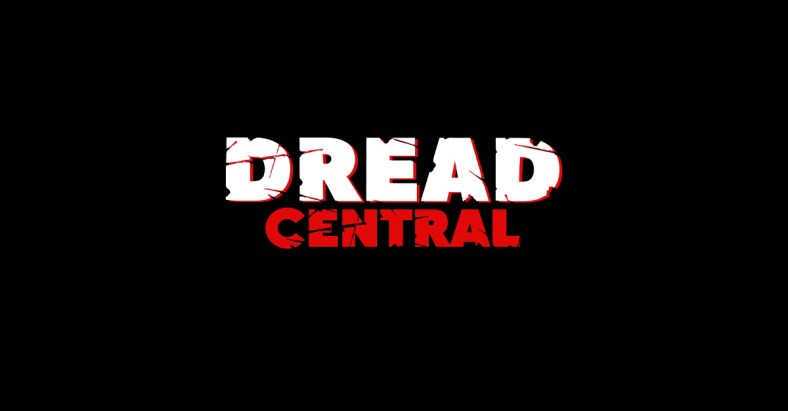
DC: What’s the story behind the world in which KBB is set?
RB: Kaiju Big Battel is a modern conflict of epic proportions. Scattered throughout the galaxy is a monstrous mob of Kaiju – maniacal villains, ominous alien beasts and gigantic, city-crushing monsters who are fighting for control of the globe, their volatile tempers periodically detonating into bouts of intergalactic sparring and senseless acts of violence.
Kaiju rumbles are nothing new – they’ve existed for millions of years, way back to the Triassic period. Monster scuffles have caused countless cataclysms: turbulent tornadoes, devastating earthquakes, stock market crashes, geyser eruptions, forest fires, superpower bombing campaigns, and quite possibly, the fall of the Roman Empire. Ignorant humans have typically blamed such apocalyptic occurrences on Mother Nature, mortal transgression and bad financial planning. But in truth, inexplicable disaster can almost always be traced back to a Kaiju Big Battel.
Planet Earth has always been under siege, and the first group of humans to recognize this was a covert committee of world leaders who called themselves the Kaiju Regulatory Commission (KRC). Ever since its underground conception, the KRC has been a highly secretive assembly – so secretive that the only thing publicly known about the KRC is its purported mission: 1) to monitor Kaiju mayhem; 2) to harness Kaiju aggression; 3) to coordinate strategies for protecting Earth against Kaiju threats.
As legend has it, the KRC’s practices ran smoothly until late into the twentieth century, when one human genius-turned-quasi-monster named Dr. Cube initiated a pathological quest for world domination. Not only did Cube crash third-world economies and create himself an army, but the weight of his crack-brained megalomania threw off the cosmic balance between good and evil. Since spinning the yin-yang of the universe like a yo-yo inevitably causes suffering – some call this bad karma – Cube’s initiative instigated trouble.
What happened was this: As the cult of American celebrity ballooned, the monsters became consumed with the desire for international stardom, gaggles of groupies and autograph sessions at comic conventions. Many Kaiju became increasingly bumptious, self-possessed and greedy, their egos expanding to unprecedented sizes. More and more frequently, these towering egos became bruised through silly, human-type melodrama (monster bumps monster at party and skirmish ensues), provoking angry Kaiju to pummel each another into a pulp. As more members of Big Battel began to hire handlers, publicists and personal assistants, monster spats exploded daily. Finally, the KRC recognized that something had to be done immediately: The monsters and their egos were nearly out of control
They created the role of Kaiju Commissioner, a position that demanded round-the-clock supervision and tracking of every known Kaiju. Upon his appointment, the Kaiju Commissioner hatched a plan to keep Earth safe from these fiendish freaks: the ‘Kaiju Big Battel’, a maximum-security event where pent-up monster aggression could be unleashed without human casualty. To everyone’s relief, the Commissioner’s premiere sanctioned Kaiju Big Battel was a smashing success. Not only were millions of lives and private properties protected, but the common man became instantly enthralled and addicted to the thrill of the live Battel. To this day, humans have to see Big Battels to believe them.
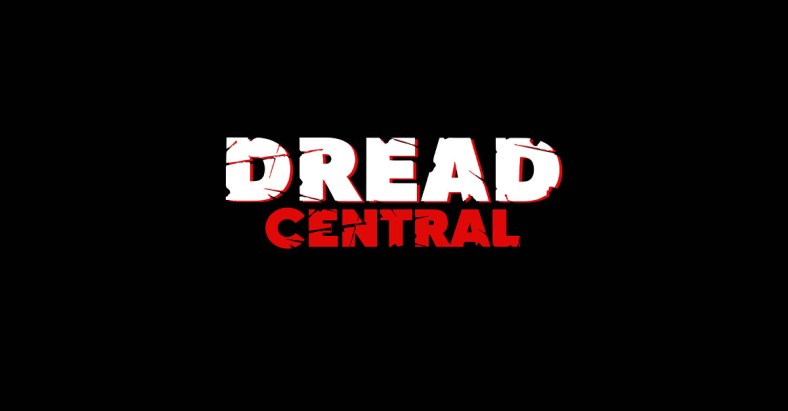
DC: What have been some of the most memorable storylines?
RB: The life and death of Silver Potato is my favorite storyline. He rises to become the greatest hero but is kidnapped by Dr. Cube, who brainwashes him. He then kills one of his former friends, Pablo Plantain. Potato is then fed to a zombified Pablo by Pedro Plantain as revenge. This transpired over a 2-year span.
DC: Do you have any favorite characters in particular?
RB: My personal favorites are Steam-Powered Tentacle Boulder, Sky Deviler and Unicorn Party. Sky Deviler was killed off; it was hard as she was a fan favorite as well as my own. I wanted to off someone that was popular to make an impact on the audience. It brings up the tension of a battle if someone will truly die and never be seen again. It was a response to superheros dying, only to come back a few months later.
Unicorn Party was created with my then 6-year-old daughter a few years ago.
DC: KBB is obviously inspired by kaiju movies, Tokusatsu and comic books? What are some of your favorites?
RB: My initial influences were Ultraman and Godzilla, as I grew up watching them; but Ishinomori Shotaro’s huge output also inspired me in the early 90’s when I rediscovered my childhood passions for monster destruction. For comics 2000 AD; it’s pretty much the only comic I still read. Other things that influence me are current events; I love to read the news.
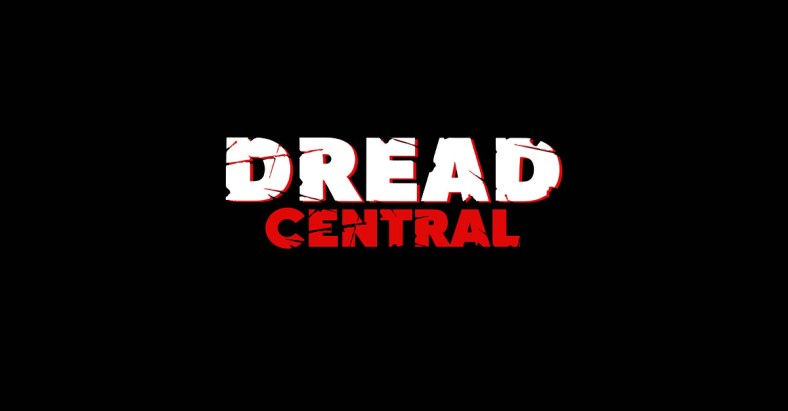
DC: What’s the overall reaction been like to KBB?
RB: Most of the audience leaves with a smile on their face; they come to have a good time, and we do our best to make it happen. After the show a lot of people will come up to me and thank me and tell me about the first show they saw, and that makes it worth all the work that’s put into a show. That’s what it really is all about — giving people some time away from the real world, to experience a bit of wonder you haven’t had since you were a kid.
DC: There’s obviously the core fan base who love it, and people who appreciate something a bit different appreciate something a bit more leftfield, but have you received any criticism from wrestling purists?
RB: I do get a lot of hate from many wrestling fans, but some have a sense of humor and can laugh along. Wrestlers themselves, on the other hand, are the complete opposite. We have guys show up and beg to put on a suit and just want to go out and have some fun. I think they like the freedom and lack of pressure because no one knows who is under the mask.
A few off the top of my head: Drew Gulak, Sami Callihan, Leva “Blue Pants” Bates, Jigsaw, Rodrick Strong, Brian Kendrick, Necro Butcher, Munenori Sawa, Michael Nakazawa. The names go on.
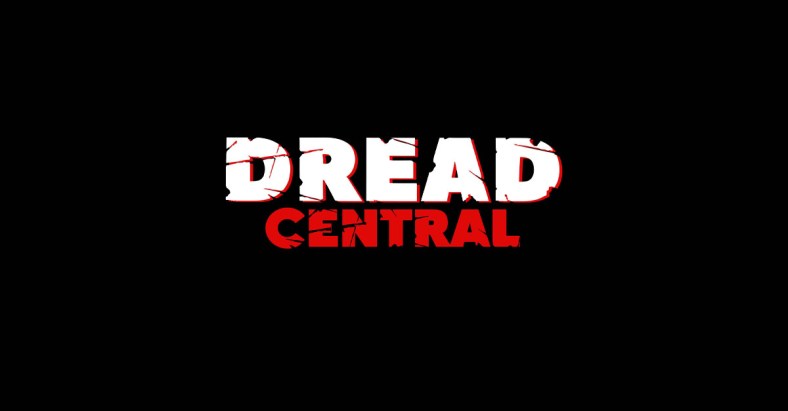
DC: Could you see the KBB universe being turned into a comic book, movie, TV show or video game? Are there any plans to venture into these areas?
RB: We did do a graphic novel a few years ago: Rogue Soup and Bug. You might be able to find it online somewhere. A video game is in the works; it should be done by the end of summer. It’s being made by Super Walrus Games (read about it here).
[The] TV show we have been trying since the get-go. but it’s very hard to break into that world without the right person backing you.
DC: What’s in store for the future of KBB, and how can we support it?
RB: We have a few board games, a card game and a bunch of toys that we want to make and are always looking at new projects to do, but finding money is an issue. We are working on producing some weekly streaming content; hopefully we will have something by August. If you want to support us, please buy something from our web mall at kaiju.com.
You can also follow Kaiju Big Battel on Facebook, Twitter and YouTube.
Categorized:News

